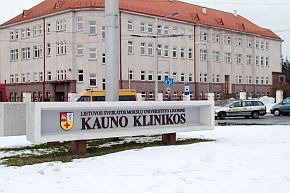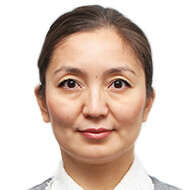A reseach publication by Polish authors Marzena Tambor, Jacek Klich, and Alicja Domagała titled “Financing Healthcare in Central and Eastern European Countries: How Far Are We from Universal Health Coverage?” explores how healthcare systems of Central and Eastern European countries underwent enormous transformation, resulting in departure from publicly financed healthcare after the fall of communism.
This had significant adverse effects on equity in healthcare, which are still evident, concluded authors.
In this paper, authors (health economists and health policy analysts) analyzed the role of government and households in financing healthcare in eight countries (EU-8): Czechia, Estonia, Hungary, Latvia, Lithuania, Poland, Slovakia, and Slovenia.
A desk research method was applied to collect quantitative data on healthcare expenditures and qualitative data on gaps in universal health coverage. A linear regression analysis was used to analyze a trend in health expenditure over the years 2000–2018.
Results indicate that a high reliance on out-of-pocket payments persists in many EU-8 countries, and only a few countries have shown a significant downward trend over time.
The gaps in universal coverage in the EU-8 countries are due to explicit rationing (a limited benefit package, patient cost sharing) and implicit mechanisms (wait times).
Lithuania’s numbers in brief are:
- life expectancy at birth is 76.0 years (2018),
- population percentage claiming healthcare should be the government’s responsibility is 96% (2016),
- health expenditure as % of GDP is 6.57% (2018),
- domestic general government health expenditure as % of general government expenditure is 12.70% (2018),
- government/compulsory scheme expenditure as % of current health expenditure is 67.05% (2018),
- out-of-pocket health expenditure as % of current health expenditure is 31.64% (2018), up from 27.15% in 2000,
- % of Population Covered based on participation in
insurance scheme – 98% (people not covered are individuals not in regular employment, people working abroad). Emergency healthcare is provided free of charge to all permanent residents irrespective of their insurance status.
In terms of out-of-pocket payments, households in Lithuania mostly contribute to financing dental care (up to 84%), as well as medical products and therapeutic appliances (up to 80%) and medicines (60%).
It is suggested that there is a need to increase the role of public financing in Central and Eastern European countries through budget prioritization, reducing patient co-payments for medical products and medicines, and extending the benefit package for these goods, as well as improving the quality of care.
Source: https://www.ncbi.nlm.nih.gov/pmc/articles/PMC7913209/




